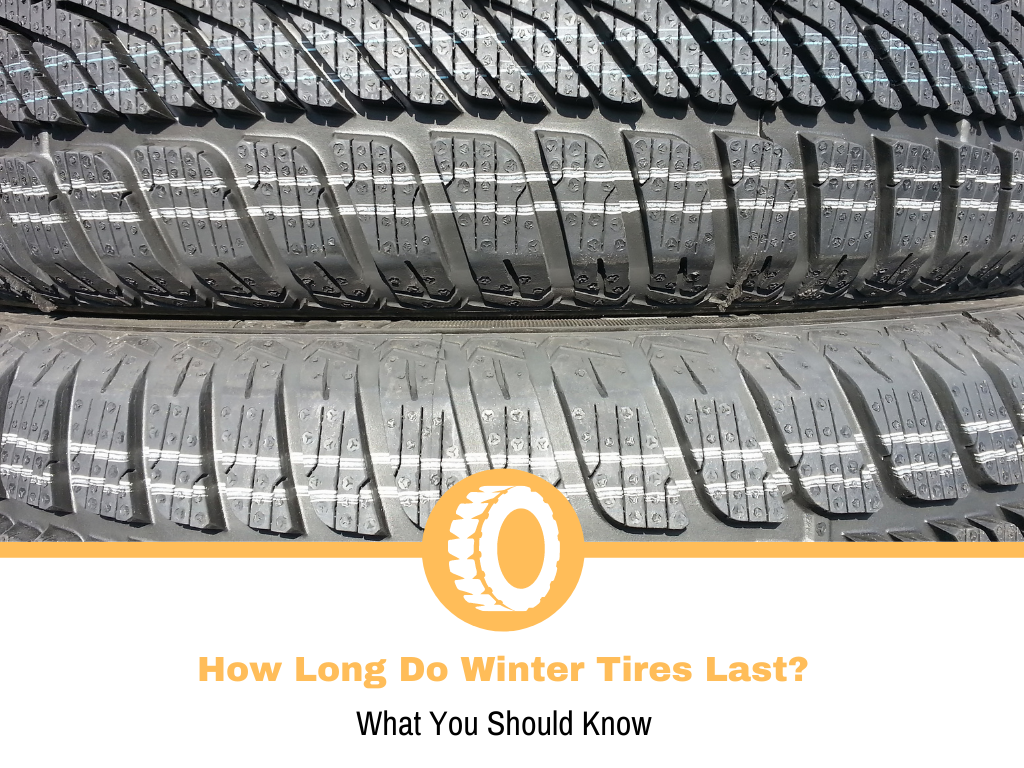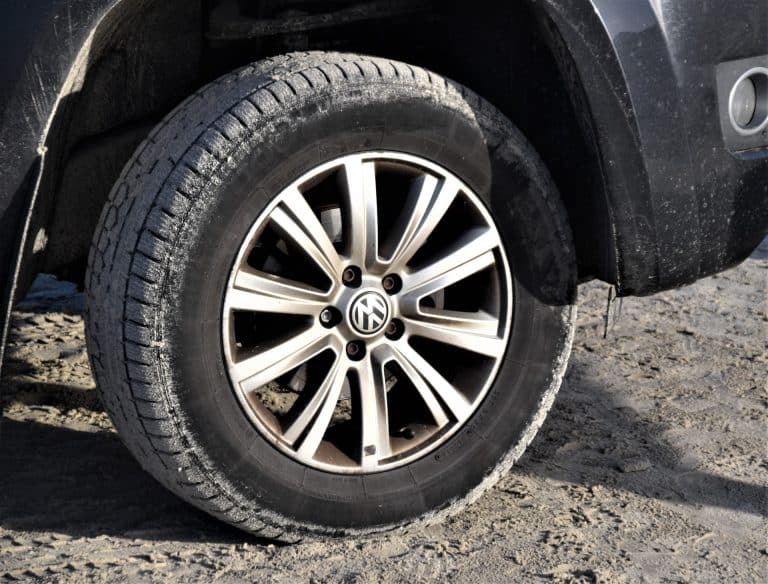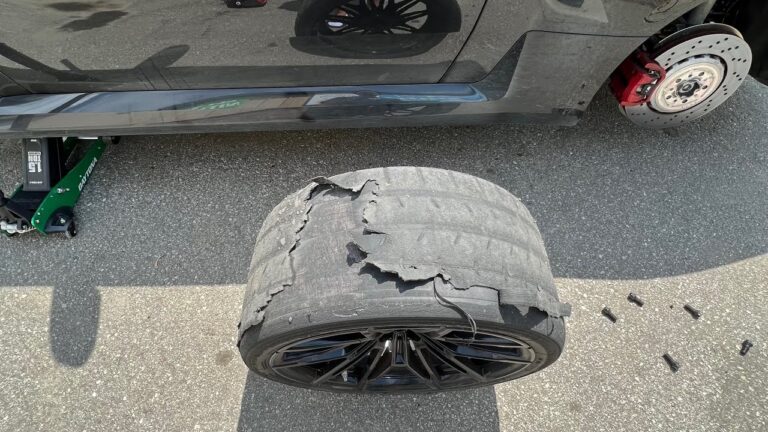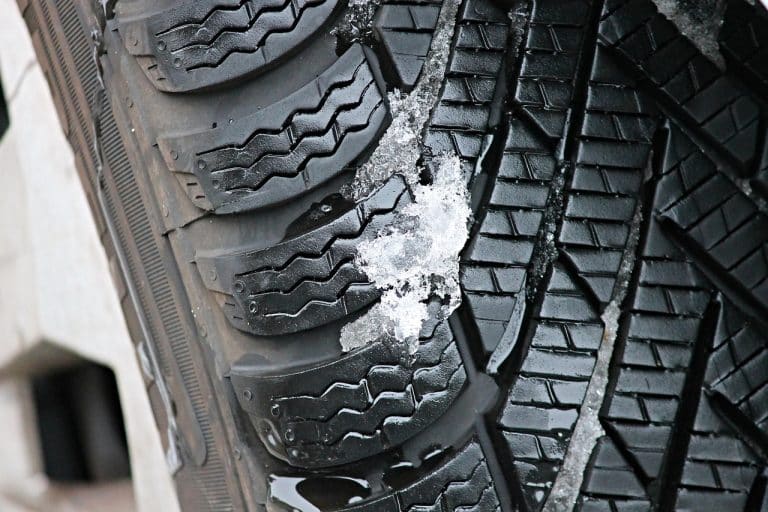How Long Do Winter Tires Last?
Winter tires significantly increase the traction of your vehicle during the winter season. Their special rubber components, deeper tread and unique pattern help drivers navigate through harsh road conditions safely. First used in Finland in 1934 for trucks to go great distances despite stormy weather and poor road conditions, winter tires of today have become more affordable, convenient, and practical that they are now widely used even for passenger vehicles.

However, since the grip is an important aspect for winter tires, this same quality is subject to degradation over time, so it is only natural for drivers to wonder how long do winter tires last and how to make the most mileage out of their tires’ service life.
With normal usage and proper maintenance, you can max out the lifespan of your winter tires up to four to five seasons. Some manufacturers even claim up to six. The estimate is from a general average of 12,000 to 15,000 miles per year on a four-month drive on cold, icy, and snowy road conditions.
While the serviceable life greatly depends on the severity of the climate and location, you can still make the most out of your winter tires’ value within their lifespan. In order to do so, you need to identify what makes it unique compared with regular, all-season tires, so you can apply appropriate care and maintenance specifically for these types of tires.
What Makes Winter Tires Distinct From Regular Tires?
To be clear, winter tires are not only designed for driving over snow, they are purposefully built to withstand cold temperatures without hardening, and can grip over icy surfaces. Winter tires have softer rubber materials, have different tread depth and patterns, and unique edges that work best during this season compared to regular and performance tires.
Softer rubber compound
Rubber, in itself, hardens when temperatures drop, which then loses its grip. Winter tires are designed specifically for these conditions. Even with lower temperatures, the rubber materials stay soft and elastic, qualities that are crucial for grip and traction. In turn, it helps for better acceleration, braking, and lane changes.
Tread Depth and Structure
Winter tires have a deeper tread depth than regular tires, so it may be a common complaint that they tend to be noisy compared to the latter. However, these are designed to lessen snow buildup while improving traction when rolling over snow.
On the other hand, winter tires also have unique tread patterns or grooves, which effectively prevent your vehicle from a phenomenon called ‘hydroplaning’. The patterns are designed this way to prevent the tires from accumulating moisture, an element that causes your vehicle to lose control over wet pavement.
Zigzag and Jagged Edges
Another distinct design of winter tires over all-season or regular tires is the unique pattern in their edges which resembles a zigzag pattern. These are also pointed, sharp, and irregularly shaped. Just like how crampon works, these jagged grooves bite on snowy or icy surfaces, increasing your vehicle’s traction.
Despite the significant advances in technology, such as all-wheel drive and part-time 4WDs, an array of stability controls, and braking assists that help overcome challenging road conditions, how you’ll achieve better traction still boils down to what type of tires you’re using.
How To Get The Most Out of Winter Tires’ Lifespan?
Though winter tires are only used during a specific season, they have lower wear ratings compared to regular tires brought by their soft rubber materials. That is why they need specific maintenance and care to extend their life expectancy.
As with regular tires, winter tires also need regular tire rotation for even wear. Winter tires must also be replaced with regular tires whenever there is an increase in recommended temperature since they are not built to withstand warmer pavements. Also, you may opt to upgrade to more durable, LT or ‘light truck’-rated tires for an improved grip.
Regular tire rotation
Winter tires should be rotated regularly based on the manufacturer’s specifications. Additionally, you must also keep track of the distance traveled on these tires for proper rotation intervals to extend the life of your tires. This is regardless of the drivetrain layout as rear tires received the same abuse as with front tires.
Replace with regular tires when temperature increases
The very material that makes winter tires great at low temperatures is also its weakness during warm weather. The soft rubber compound will not be able to withstand temperatures when springtime comes. As a rule of thumb, when the temperature goes beyond 44 degrees Fahrenheit, it’s the cue to swap them out with regular tires.
Upgrade to Light Truck-rated snow tires
If you find yourself always driving with a heavy load, you may consider upgrading with LT, or Light Truck-rated snow tires. They have more robust construction and higher load capacities, with their design taking into account the weight of the vehicle for better traction.
However, its increased durability comes at a price: its stiff sidewalls sacrifice comfort, and the extra weight affects fuel economy.
When Should I Replace My Winter Tires with a New Set?
Before pulling out your winter tires and swapping them over regular tires, first, make sure that they are free from any visible damage such as deep cracks on the sidewall and treads. Additionally, check if the tread depth is still enough to get you through the season. You can judge the condition yourself without the need for a gauge by just looking at the built-in wear indicators.
If anything mentioned above is present on your tires, consider replacing all of them to achieve safe and hassle-free driving during winter.
Conclusion
Winter tires don’t have a set life expectancy, however, manufacturers and tire experts claim your winter tires could last up to 5 seasons. Additionally, you can maximize the most wear and value out of them by following regular tire care and maintenance and proper handling and storage when not in use.





